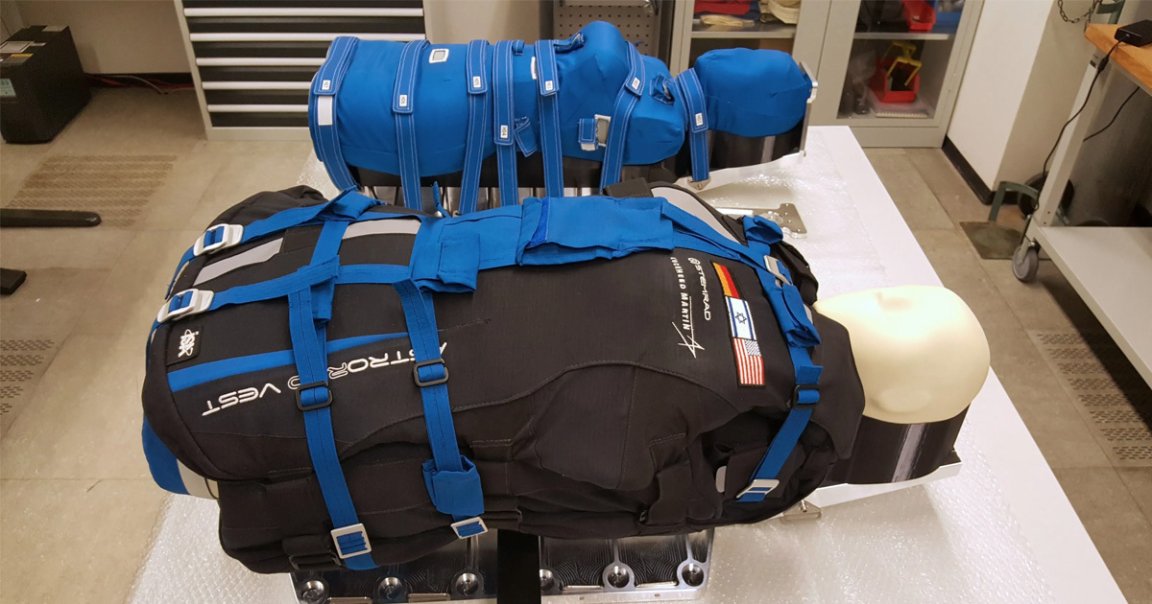
Dummy Down
For astronauts venturing out into the Solar System, it’s not just the cold vacuum of space that poses a hazard. On longer missions, radiation is a major concern that scientists have been trying to address for decades.
Now, the results of an experiment conducted aboard NASA’s Artemis I mission, in which an uncrewed Orion capsule flew around the moon for roughly a month in 2021, has yielded some of the most intriguing data yet on the topic.
For that we can thank its two inanimate passengers, Helga and Zohar, a pair of advanced mannequins who are giving us a sense of how safe the Orion’s interior is.
To mimic our frail human bodies, the duo were painstakingly designed with precise synthetic analogs of soft tissue, organs, and bones. And they were absolutely stuffed with radiation sensors: each mannequin contained over 6,000 of them, recording measurements in everything from the lungs to the stomach, down to the bone marrow.
The findings, published as a new study in the journal Nature, indicate that the Orion is well-shielded from radiation — and ready for future missions with flesh and blood crew members (sorry, dummies).
Rad Solutions
Space radiation can be caused by high energy emissions from our Sun, particularly during events like solar flares, as well as cosmic rays traveling from deep space.
But one of its most formidable sources in our neck of the woods are the Van Allen Belts that surround the Earth, two bands of intense radiation formed by charged particles trapped by our planet’s magnetosphere. Any astronaut bound for outer space will have to fly through them.
Once outside the protection of the magnetosphere, there’s little standing between astronauts and ever-present cosmic rays — just the walls of the spacecraft.
Fortunately, the Orion has proved an admirable protector, though the extent of its shielding abilities are contingent on how it’s oriented and where in the spacecraft you’re located.
The safest areas, like the spacecraft’s “storm shelter,” received four times less radiation than the least shielded areas, the study found.
“The storm shelter is a very tight area used for storing crew supplies,” lead author Stuart George, scientist at NASA’s Johnson Space Center in Houston, told CNN. “We found that the storm shelter was the most shielded area on the vehicle, which is good because it was designed that way!”
Moonward Bound
That’s a welcome find. It means that in the event of severe solar storms, which kick up a flurry of radiation, all the astronauts have to do to keep themselves safe is to move to a different part of the capsule.
The study also found that reorienting the spacecraft as it flew through the Van Allen Belts reduced radiation levels by half.
Meanwhile, exposure to cosmic rays, which will make up most of the radiation the further astronauts venture from the Sun, were 60 percent lower on Artemis I than during previous missions.
All this bodes well for the future Artemis missions, which will see astronauts fly around the Moon on a ten day journey, and eventually — if all goes according to plan — pave the way for a historic lunar landing.
More on humans off-world: Stranded Astronauts Say They’ll Vote From Space